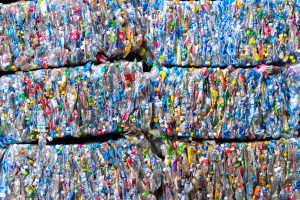WS4 Demand for chemical products
Background: Demand for chemical products is driven by a combination of various factors: population and economic growth, changes in the materials chosen for each given application, and the replacement of discarded products containing chemicals. Anticipating future demand for chemical products and waste generation is essential to estimate emissions across chemicals’ lifecycles and over time. Dynamic material flows analyses have been used to model stocks of bulk materials and some classes of products in service, future demand and waste generation. Static assessments of production and use of global chemical products already exist in the literature, but there is currently no link between the production of chemicals and their end-use applications. A few dynamic assessments have been attempted for some plastics, but there are neither dynamic insights on the pace of replacement of all chemical products, nor tools to test the impact of alternative interventions along supply chains.
Proposal: We will map the global flows of chemicals from production to end-use applications. This map will be used to build a dynamic model of product stocks, to test the impact of alternative interventions along the chemicals supply chain in future demand, waste generation and global lifecycle emissions, and will provide mass flow information from production to use for the overall model in WS2.
Methodology: The existing global map of chemical products will be linked with end-use applications, using allocation matrices from publicly available data for specific countries. Using global and regional production and output values, historical maps of chemical products will be created and used as the basis for a dynamic model. Such a model will be developed from basic principles of conservation of mass, which enable the estimation of the demand in year for each chemical product as that required to supply total demand in service, accounting for the chemical products removed from service along with discarded waste.
Chemical products removed from service will be estimated using probability distribution functions for the lifetime of end-use products. Weibull distributions are often used for this purpose, and discarded waste can be computed for each year and product application using the following equation for each cohort of products with age, where the shape and scale parameters of the Weibull distribution can be estimated from historical data and literature for each product category:
Deliverables: The model produced in this workstream will be coupled with the assessment of GHG emissions across each stage of the supply chain (WS2), including production (WS3), use and end-of-life treatment (WS5). As a result, this tool will be used to anticipate the emissions impact of demand-side interventions, across entire chemical product supply chains. Two academic journal papers will inform the methodological and data collection progress obtained in this workstream.





